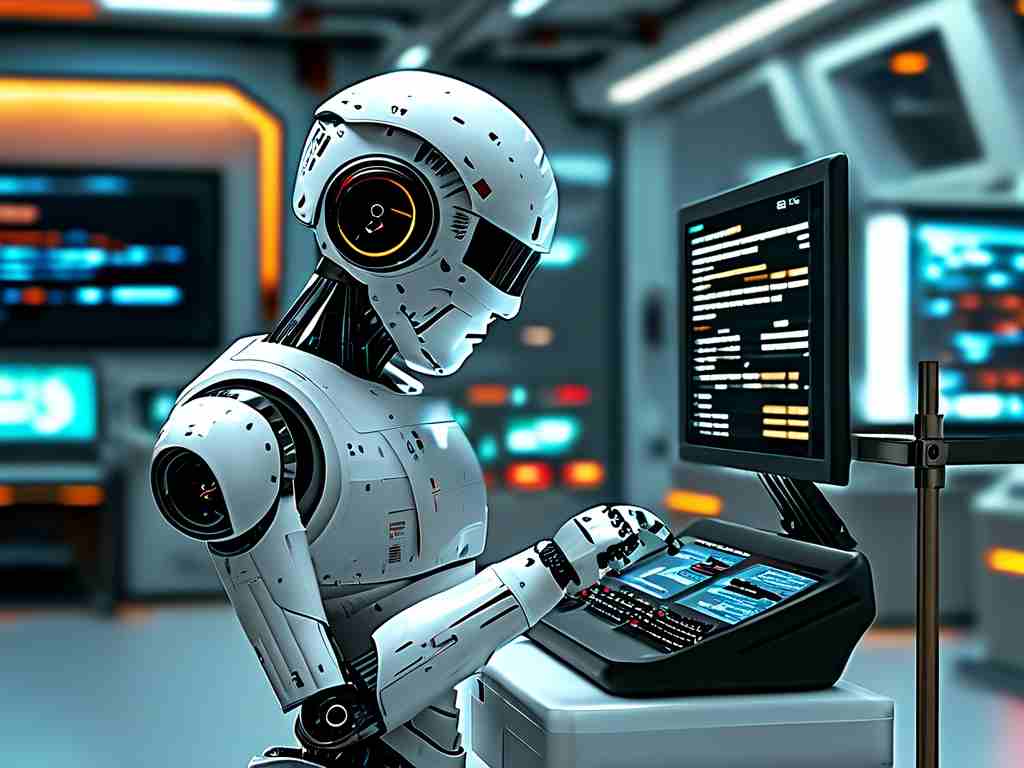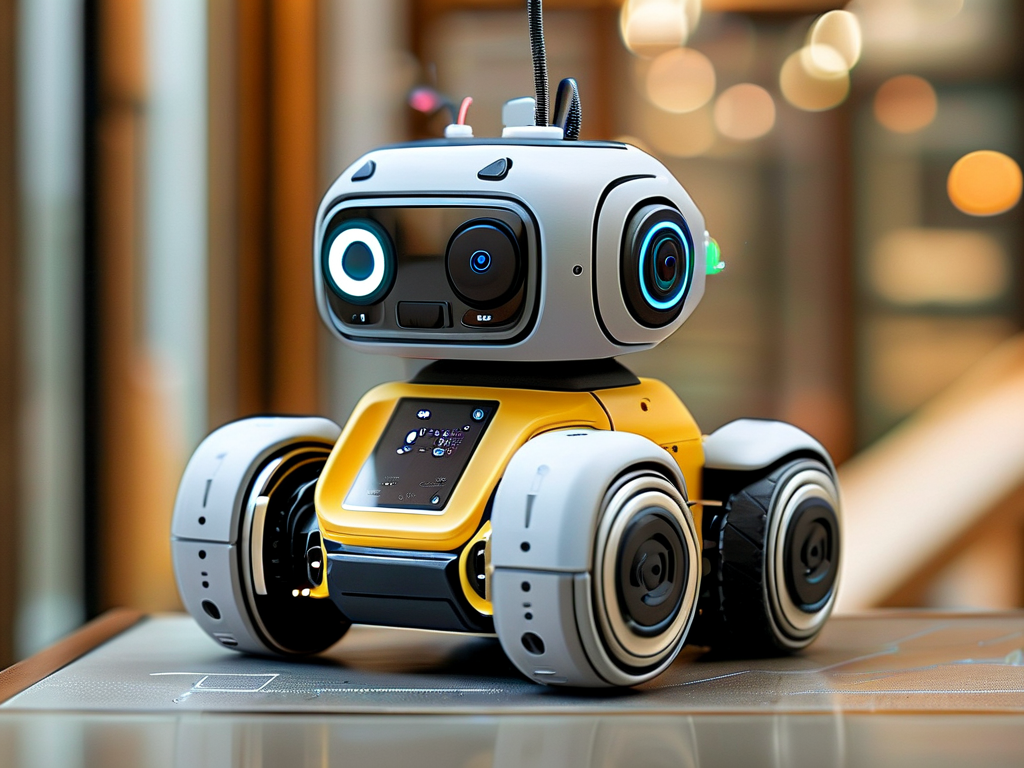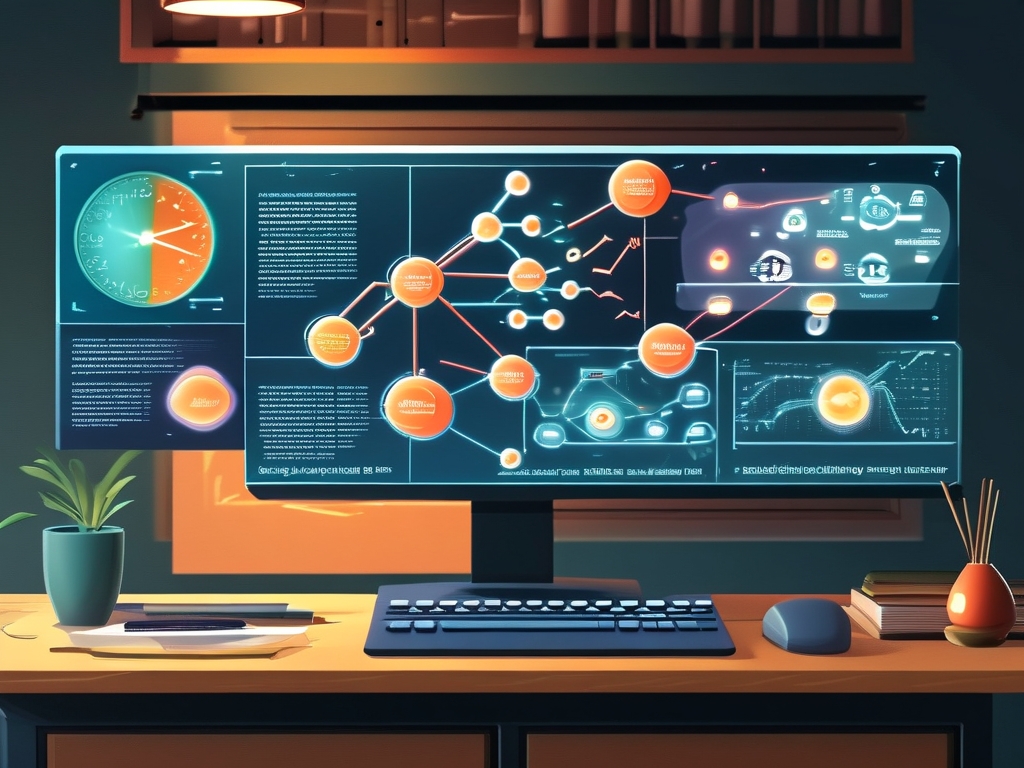The integration of artificial intelligence into academic evaluation systems has sparked global debates, with robot grading technology standing at the center of this discourse. By leveraging machine learning algorithms and natural language processing, automated scoring systems now assess essays, coding assignments, and even creative projects. While proponents highlight efficiency gains and standardized evaluations, critics raise concerns about algorithmic bias and the erosion of human oversight.

How Robot Grading Works
Modern grading bots employ layered neural networks trained on vast datasets of student work. For text-based assessments, these systems analyze syntax, vocabulary coherence, and argument structure against predefined rubrics. In STEM fields, code evaluation tools like AutoGrader (shown below) automatically check for functional correctness:
def test_addition():
assert calculate(2, 3, '+') == 5
Such tools provide instant feedback while freeing educators from repetitive tasks. A 2023 Stanford study revealed that AI graders achieve 92% alignment with human scores in mathematics, though humanities subjects show higher variance due to subjective interpretation.
The Efficiency Argument
School districts adopting automated grading report 40-60% reductions in administrative workloads. Teachers regain time for personalized instruction, particularly in overcrowded classrooms. Arizona's Mesa Unified District observed a 28% improvement in assignment completion rates after implementing partial AI grading, suggesting students value immediate feedback.
Hidden Biases and Blind Spots
Critics counter that algorithms perpetuate systemic inequities. A MIT audit found that essays containing African American Vernacular English (AAVE) consistently scored 15% lower on mainstream grading platforms. Similar issues emerge in language translation assessments, where non-native phrasing triggers unnecessary deductions.
The "black box" nature of proprietary algorithms compounds these issues. When New York high schools experimented with robot-graded history essays, several submissions containing references to marginalized communities received conflicting scores across platforms, highlighting inconsistent value alignment in training data.
Ethical Frameworks in Development
Organizations like UNESCO have begun drafting AI governance guidelines for education, emphasizing auditability and human-in-the-loop systems. Hybrid models now emerging require human validation for borderline scores or flagged content. The European Union's EdAI Transparency Act mandates disclosure of accuracy rates and demographic performance differentials for certified grading tools.
Student and Educator Perspectives
Surveys reveal generational divides: 67% of university students endorse AI grading for STEM subjects, but only 34% support it for liberal arts. Meanwhile, 82% of K-12 teachers express concerns about over-reliance on automation, fearing skill atrophy in critical assessment abilities.
The Road Ahead
As generative AI complicates plagiarism detection, grading systems now incorporate watermarking checks and style fingerprinting. Pilot projects in South Korea combine robot scoring with blockchain-based credential verification, creating tamper-proof academic records.
While robot grading technology undeniably transforms educational workflows, its ultimate test lies in balancing scalability with equity. As Boston College researcher Dr. Elena Torres notes, "The goal shouldn’t be replacing teachers, but empowering them with tools that amplify human judgment rather than replacing it." This philosophy may hold the key to ethically integrating AI into the future of education.








